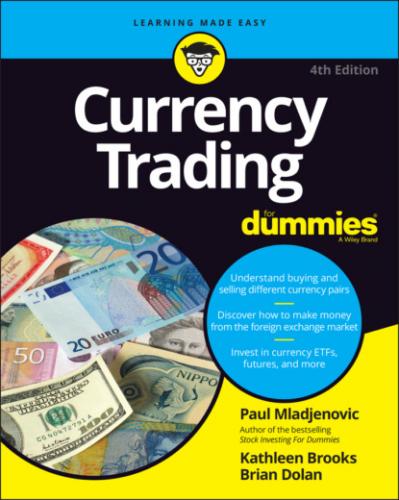Trade-related hedging regularly comes into the spot market in two main forms:
At several of the daily currency fixings: The largest is the London afternoon fixing, which takes place each day at 4 p.m. local time, which corresponds to 11 a.m. eastern time (ET). The Tokyo fixing takes place each day at 8:55 a.m. Tokyo time, which corresponds to 6:55 p.m. eastern time (ET). A fixing is a process where commercial hedgers submit orders to buy or sell currencies in advance. The orders are then filled at the prevailing spot rate (the rate is fixed) at the time of the fixing. The difference between the amount of buying and selling orders typically results in a net amount that needs to be bought or sold in the market prior to the fixing time. On some days, this can see large amounts (several billion dollars or more) being bought or sold in the hour or so leading up to the fixing time. After the fix, that market interest has been satisfied and disappears. Month-end and quarter-end fixings typically see the largest amounts of volume. Short-term traders need to closely follow live market commentaries to see when there is a substantial buying or selling interest for a fixing. (See Chapter 2 for more on potential future changes to the fixing process.)
Mostly in USD/JPY, where Japanese exporters typically have large amounts of USD/JPY to sell: Japanese exporters receive dollars for their exports, which must then be converted into JPY (sell USD/buy JPY). The Japanese export community tends to be closely knit and their orders are likely to appear together in large amounts at similar levels. Again, real-time market commentaries are the most likely source for individual traders to hear about Japanese exporter selling interest.
Hedging for currency options
The currency option market is a massive counterpart to the spot market and can heavily influence day-to-day spot trading. Currency option traders are typically trading a portfolio of option positions. To maximize their returns, options traders regularly engage in delta hedging and gamma trading. Without getting into a major options discussion here (we cover currency call and put options in Chapter 15), option portfolios generate a synthetic, or hypothetical, spot position based on spot price movements.
To maximize the return on their options portfolios, they regularly trade the synthetic spot position as though it were a real spot position. Trading the synthetic positions generated by options is called delta hedging or gamma trading.
Global investment flows
Financial investors are the other main group of nonspeculative players in the forex market. As far as the forex market is concerned, financial investors are mostly just passing through on their way to another investment. More often than not, financial investors look at currencies as an afterthought, because they’re more focused on the ultimate investment target, be it Japanese equities, German government bonds, or French real estate.
Mergers and acquisitions (M&A) activity is often international and shows no sign of abating. International firms are now involved in a global race to gain and expand market share, and cross-border acquisitions are frequently the easiest and fastest way to do that.
Which countries and which currencies are involved? If a French electrical utility buys an Austrian power company, there are no currency implications because both countries use the euro (EUR). But if a Swiss pharmaceutical company announces a takeover of a Dutch chemical firm, the Swiss company may need to buy EUR and sell Swiss francs (CHF) to pay for the deal.
How much of the transaction will be in cash? Again, if it’s an all stock deal, then there are no forex market implications. But if the cash portion is large, forex markets will take note and begin to speculate on the currency pair involved.
Speculators: Running the Forex Show
Speculators are market participants who are involved in the market for one reason only: to make money. In contrast to hedgers, who have some form of existing currency market risk, speculators have no currency risk until they enter the market. Hedgers enter the market to neutralize or reduce risk. Speculators embrace risk taking as a means of profiting from long-term or short-term price movements.
Speculators (specs for short) are what really make a market efficient. They add liquidity to the market by bringing their views and, most important, their capital into the market. That liquidity is what smooths out price movements, keeps trading spreads narrow, and allows a market to expand.
In the forex market, speculators are running the show. Conventional market estimates are that upwards of 90 percent of daily trading volume is speculative in nature. If you’re trading currencies for your own account, welcome to the club. If you’re trading currencies to hedge a financial risk, you can thank the specs for giving you a liquid market and reducing your transaction costs.
Speculators come in all types and sizes and pursue all different manner of trading strategies. In this section, we take a look at some of the main types of speculators to give you an idea of who they are and how they go about their business. Along the way, you may pick up some ideas to improve your own approach to the market. At the minimum, we hope this information will allow you to better understand market commentaries about who’s buying and who’s selling.
Hedge funds
Hedge funds are a type of leveraged fund, which refers to any number of different forms of speculative asset management funds that borrow money for speculation based on real assets under management. For instance, a hedge fund with $100 million under management can leverage those assets (through margin agreements with their trading counterparties) to give them trading limits of anywhere from $500 million to $2
